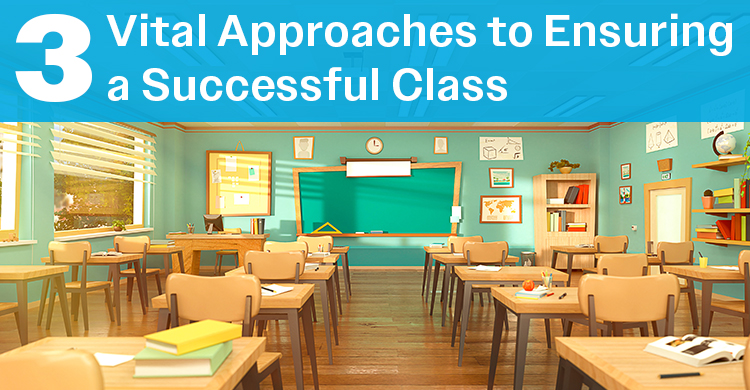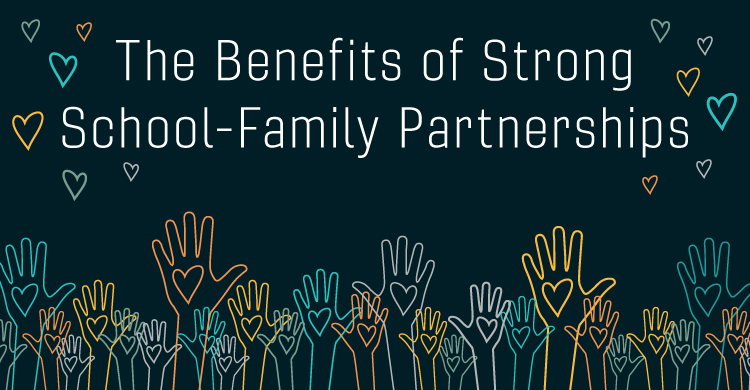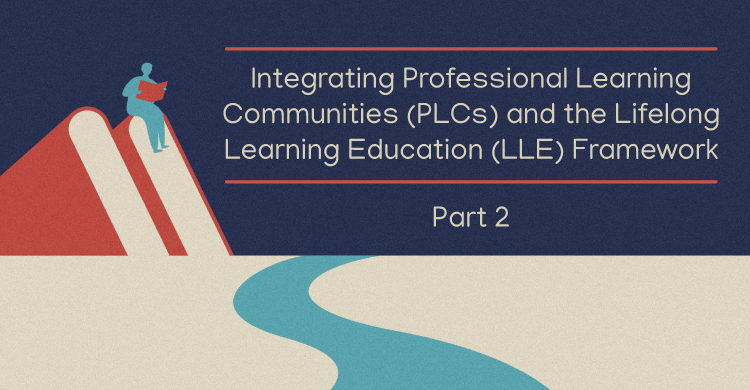I had the pleasure of working with colleagues from various Caribbean nations recently thanks to an invitation from the Commonwealth of Learning, and a friend who is a Principal (David Manuel, @7manuels) in Chilliwack, BC. David was heavily involved with distance learning and a proponent of open schools prior to his recent transition to a more traditional high school. He also is deeply committed to improving the education of all students regardless of where they live in the world. You can see why it was an easy option to say, “Yes” when David asked if I would present at the inaugural event.
As I engaged with educators from Belize, Antigua, St. Lucia, Trinidad, and the USA, it was apparent that many of the things we might do as standard practice (assessment, special education, RTI, PLCs, leadership strategies) here in the United States and Canada were further down the list of topics that were both needed and timely. In our recently released book, Starting A Movement: Building Culture From The Inside Out in PLCs, Ken Williams (@unfoldthesoul) and I talk about the critical component to establishing collective commitment is a belief that all students can learn. It’s what drives the WHY step of the authentic alignment process. My initial thought was that the work needed a different starting point than anything I was familiar with. I realized early on in my conversations that I was wrong. While the existing fluency in the topics I mentioned earlier was lacking, the starting point was one I was very familiar with. I focused my time with the group during both of my presentations on school culture, relationship-building and on how we use those to define the WHY.
Frances Ferreira (@francesferreira) is the Education Specialist for the Commonwealth of Learning and shared the important outcomes that happen when we promote equity in education. Her three keys were:
An extra year of quality schooling lifts annual economic growth by 1%.
- Closing the gender gap during adolescence in education, economic activity, and health would significantly increase national economic growth and well being.
- Cooperation and social responsibility would increase.
The importance of education was stressed, and it was also recognized that in many of the countries it had to be balanced with the realities of life. For example, the need for teenagers to work the fields to assist their families in getting enough food on the table means students leave school. Getting an education takes a back seat and is often not returned to despite the recognition that school is important. The focal point shifts to addressing the reality and moving beyond the OR dichotomy – school or work – to the AND necessity – school AND work. The WHY in these schools looks different and the context needs to matter.
My message to the group focused on the power of relationships and the need to have that as the basic premise behind the work we do. If we build relationships, they will learn. This is not to suggest that content is unimportant; it just takes better hold when it’s built on a strong foundation. As we shared thoughts on what drives the success of students, it was apparent the WHY was all about this powerful potential. Closing the gap from that starting point would build the foundation necessary to take on some of the structural components that will ensure the needs of all students are met and that the levels of success will rise.
[author_bio id=”397″]






